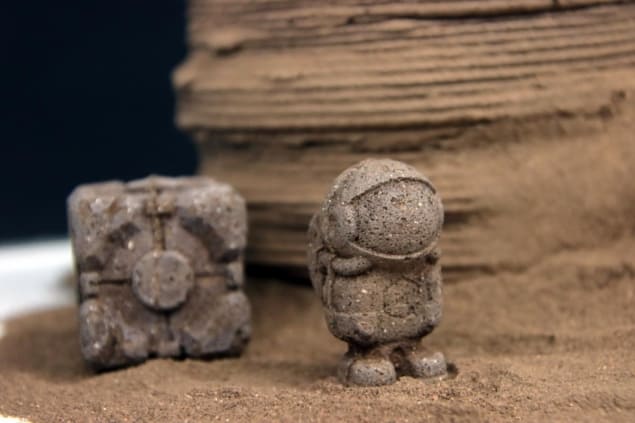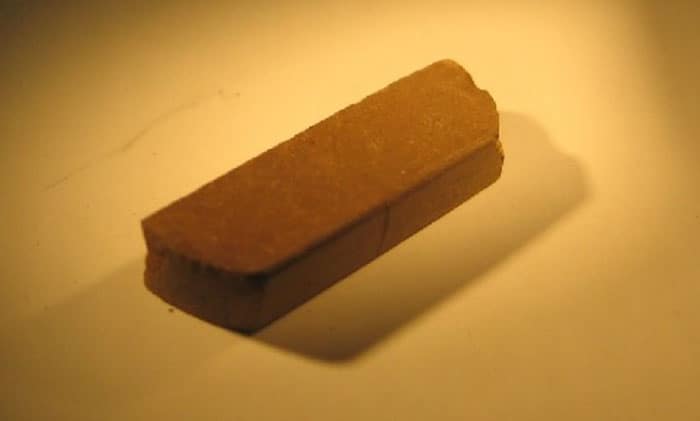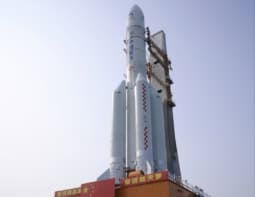
Early settlers on Mars could build their homes using a material that includes chitin, which is a a fibrous substance made by a wide variety of living organisms from fish to fungi. The versatile new material was developed by Javier Fernandez and colleagues at Singapore University of Technology and Design. They used it to create objects ranging from cartoon figures and basic tools, to scale models of sturdy Martian shelters.
Crewed missions to Mars have been discussed for decades, but NASA has now expressed hopes that a long-term settlement on the Red Planet could be achieved by the late 2030s. Among the immense challenges that colonizers will face is the scarcity of basic resources on the Martian surface. This is also becoming an issue here on Earth, where certain resources are being rapidly consumed and there is a movement towards sustainable and circular manufacturing processes.
One promising solution is to create materials using chitin – an abundant biological polymer that is made by a wide range of living things. While it is highly unlikely that chitin-producing organisms currently live on Mars, they could easily be part of an artificial ecosystem created on the planet.
Obtainable on Mars
Fernandez’s team created their new material by extracting a form of chitin from shrimp exoskeletons, through treatment with sodium hydroxide. This chemical would be easily obtainable on Mars through the simple chemical process of electrolytic hydrolysis.
The researchers then dissolved the chitin in a low concentration of acetic acid – a common product of fermentation, which would be crucial to the food supply on an early Martian settlement. Finally, they mixed the chitin solution with a powdered material simulating Martian soil, forming a thick sediment. The only other ingredient necessary for the process is water – which can be readily found in Mars’ subsurface ice.

Flash Physics: Making Martian bricks, open-and-shut earthquakes, US science unscathed in budget proposal
After fine-tuning the ratios of these ingredients to optimize the structural properties of their material, Fernandez’s team demonstrated a wide variety of manufacturing methods. These included casting techniques for producing cartoon figures and basic tools, including a functional wrench strong enough to tighten a hexagonal bolt. The team also used the material as a mortar to repair holes. Finally, they exploited the sediment’s self-adhesive properties to 3D print a 5 m scale model of a proposed Mars habitat called MARSHA.
Fernandez and colleagues have shown that their chitinous material not only requires minimal energy to produce; its ingredients are also readily available on Mars, and do not compete with food production. These advantages avoid the need for complex polymer synthesis and the shipping of expensive equipment – enabling the earliest Martian settlements to operate independently from Earth’s resources. With some adaptation, these techniques could inspire new routes towards a circular, sustainable economy on Earth – which would operate without unleashing further damage on natural ecosystems.
The new material is described in PLOS One.



